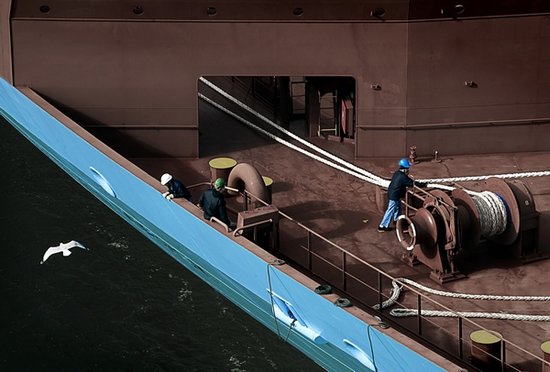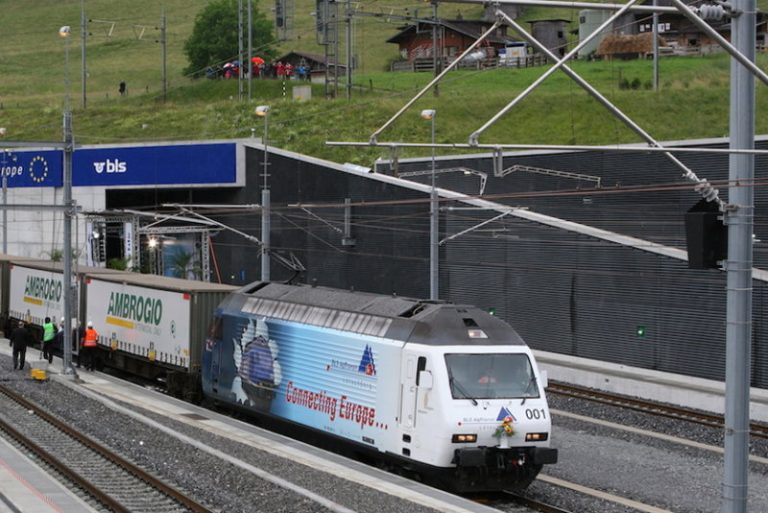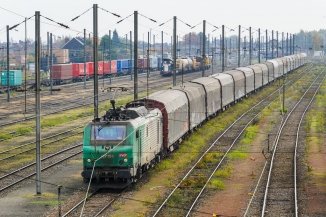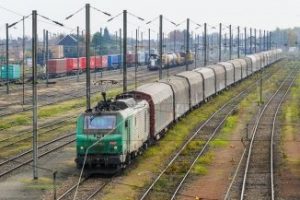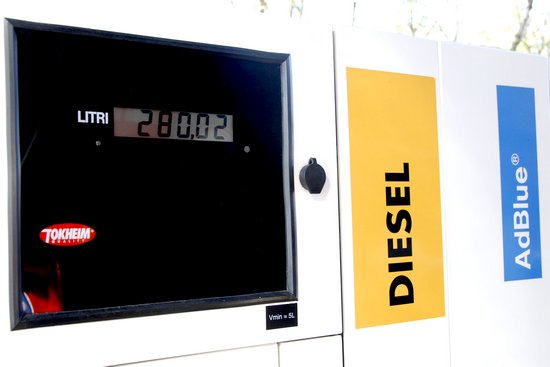The approval was not taken for granted, as there were substantial budgetary concerns raised by critics. However, the Swiss Parliament has ultimately passed a significant spending increase for the railway sector. Technically, a new version of the investment plans known as the 2025 and 2035 Railway Expansion Phase has been updated and adopted. The funding for railways was increased by just over three billion euros, bringing the total portfolio of available resources to exceed 23 billion euros. Most notably, this budget adjustment will kickstart projects that were previously stuck in a limbo of discussion, stirring both support and opposition. Among these, the full expansion of the Lötschberg base tunnel takes precedence over the partial expansion that had long garnered most favor.
After much deliberation, the Federal Council, the executive body of the Swiss Confederation's government, had already endorsed the complete completion of the Lötschberg base tunnel in its resolution on August 16, 2023. This completion will increase the capacity of the railway line connecting to the Simplon corridor and crucially avoid a total closure of the tunnel for partial works, which were anticipated to last no less than eight months, significantly impacting freight traffic.
This decision, now ratified by the Swiss Parliament, involves an additional investment of over 650 million euros for a definitive and conclusive intervention. Currently, the Lötschberg base tunnel, which is 34.6 kilometers long, has been operational since June 2007 on a single track, with a partial double track for about a third of its route.
With Parliament's approval, funds were also allocated for other pending projects like the completion of the Zimmerberg tunnel (currently, only the first lot is operational) and the Brütten tunnel. The Federal Assembly also approved a substantial package of investments aimed particularly at passenger transport, including the enhancement of nodes, expansion of stations, and preliminary studies for new railway bypasses.
Moreover, the Swiss Parliament adopted the long-term strategy known as Railway Vision 2050, which doesn't list specific projects in detail but establishes general guidelines for future railway infrastructure enhancement programs. For freight transport, the strategy includes the construction of new facilities and terminals for cargo handling and projects aimed at urban logistics.
Piermario Curti Sacchi


